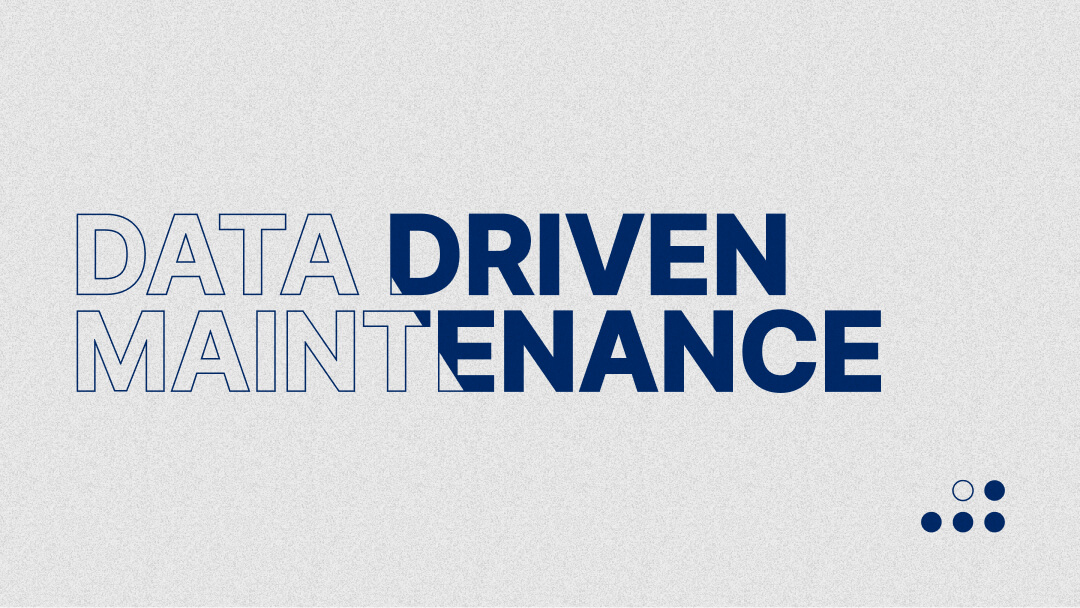Situation
A manufacturing firm is considering purchasing a new machine to increase production throughput as the current line consistently misses targets. A particular machine is known to often have Work In Progress (WIP) regularly waiting before it and it has been proposed that a second machine will alleviate this problem.
A managerial team member suspects that their current setup has untapped potential. The concern is that existing equipment and processes might be underperforming, limiting output. The manager decides to utilise the Manufacturing Insights Platform (MIP) to analyse current operations and identify possible inefficiencies.
Action
- Data Interrogation and Visualisation. The manager uses MIP to explore the flow of product through the shop floor. They see live and historic production flows, including statistics on the performance, such as production rate, cycle times and running speed. As well as the availability of machines, and the location of WIP in different processes.
- Bottleneck Identification. The dashboards help the manager identify the critical machine step where WIP regularly builds up and that impacts downstream throughput on that production line. By looking at historical analysis of the machine, the manager notices that the machine is regularly sitting idle because it is “waiting for parts”.
- Root Cause Analysis. MIP enables the manager to look at the process end to end, and they notice that a machine two steps upstream is experiencing erratic output fluctuations, resulting in sporadic surges and drops of material flow causing the WIP build-ups at the later machine. They see that the machine is regularly undergoing maintenance to realign a certain sensor.
- Corrective Actions. Equipped with this information, the manager tasks the maintenance team with taking longer-term corrective action to address the sensor issue and instructs the process engineers to adjust operating parameters to ensure a more consistent supply of materials downstream.
Result
- Stabilised Production Flow. The corrective action results in a more predictable and stable operation of the upstream machine, which in turn supplies a steady stream of inputs to downstream processes, including the previously identified bottleneck.
- Increased Overall Throughput. With the upstream issues resolved, the production line's overall throughput increases by 25%, negating the need for immediate investment in new machinery.
- Cost saving and ROI. The company saves on the substantial costs that would have been incurred from purchasing and integrating a new machine. Enhanced throughput and efficiency translate to improved ROI on existing assets.




